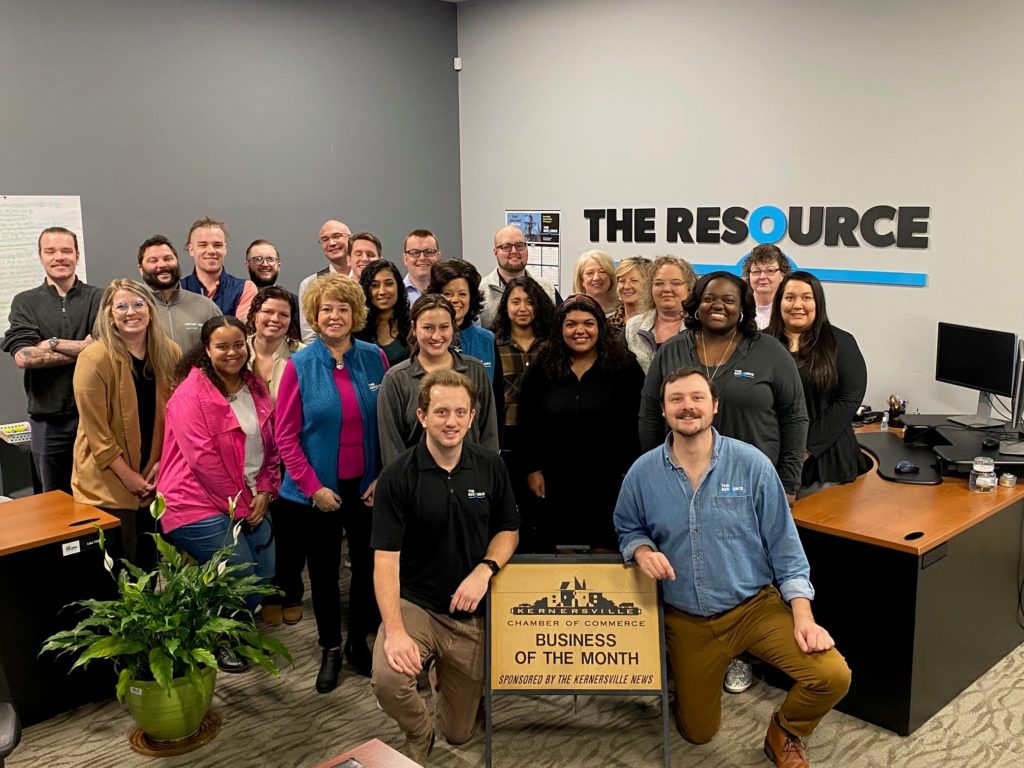Mergers and acquisitions (M&A) are complicated processes that affect every facet of an organization—and especially its people. Because employees are the key to ensuring any company’s success, it is critical to develop a thoughtful and strategic human resources-focused approach to M&A. When M&A efforts fail, it’s frequently because “in the run-up to the deal, companies nearly always ignore the issues around their people, namely, culture and leadership.” Through early and ongoing inclusion in the M&A evaluation, planning, and integration phases, human resources can play an important role in strategic planning, change management, effective internal communication, and cultivating and transitioning culture. Most mergers and acquisitions have five phases. To increase the success of these projects, HR professionals can and should play an active role in each phase. Phase 1: Evaluation In the first phase of an M&A process, the interested parties begin discussing the possible merger or acquisition. Discretion is paramount: because of the sensitive nature of M&As and the data that will be shared, all parties should sign nondisclosure agreements to ensure that no information is leaked prematurely. These preliminary talks are often highly secretive because they don’t always succeed (and the involved parties don’t want to raise any unnecessary or false alarms). Although the required level of confidentiality varies by project, its importance is heightened if either party is publicly traded. HR involvement at a high level is critical during this early stage and should address topics such as the number of employees and managers, locations, and whether a union will be involved. Phase 2: Third-party engagement Third parties (usually lawyers, accountants, investment bankers, financial planners, business coaches, or M&A advisors) help both the buyer and seller navigate the M&A process. At this phase they help develop the structure and content of the legal agreement. Whether a merger or acquisition concludes quickly or takes months to complete, it’s never too early for HR to start looking into what management changes need to take place when the deal closes, potential cultural problems, redundancy issues, and what key employees need to be retained. Working through these issues early in the M&A process will improve the overall outcome. Phase 3: Preparation and due diligence In order to begin its analysis, HR must gather as much information as possible from the seller during this phase. Usually provided in a secure data room, this information may take the form of general terms (without any names) and should give a good idea of what the HR side of the organization looks like. Such information could include details about leadership compensation, organization charts, NDAs, employment agreements, payroll records, currently offered benefits and 401/k/retirement packages (with information about ERISA compliance, plan carriers, plan costs, and data from the preceding two years), pending legal issues, and financial documentation. At this point, the parties will sign a letter of intent signaling that they are all in agreement about the business framework for the merger or acquisition. Now the due diligence begins: HR and finance carefully review all documents to ensure that there are no unexpected surprises that could derail the deal. Phase 4: The agreement The main focus of this phase is negotiating the fine details and the price (a process that often takes longer than many people expect). When parties reach an agreement on the price, legal documents are drawn up, and certain filings must be completed with the secretary of state, tax offices, workers’ compensation organizations, and other government bodies that must be notified of the event. At this point, the information will soon be public, and the organization should have a communication plan ready. Once everything is signed, the integration of the two entities begins, and management and HR must now bring the two workforces together. Phase 5: Integration HR is now tasked with ensuring the new company’s full integration by working in areas such as developing a communication strategy, combining the organizations and cultures, determining redundancies, and ensuring the retention of staff. The “people” part of the acquisition is extremely critical at this point. HR must find ways to retain key employees and keep them engaged. To weave together a new organization, HR will need to keep an eye on many different threads—in particular, culture. Cultural compatibility issues often arise when bringing together multiple organizations in the M&A process. Regardless of the perceived similarity between those organizations, the M&A integration always has a degree of misalignment, and HR professionals should be prepared to address this challenge early on. HR should also focus on several other key areas. Retention of top employees is critical to the success of a merger or acquisition. To retain key talent that will help make the new organization successful, HR and management should communicate their intentions to the “star performers” as early in the process as is legally possible. (This may involve requesting access to conduct confidential interviews with those employees in advance of the actual closing date.) HR should advise management not to under-commit to those top employees, because doing so could push them to consider other employment options. Star performers know who they are and understand their personal and professional marketability. HR should look at the policies of all involved organizations and consider how to handle the differences. The new organization may choose to retain only the buyer’s policies or only the seller’s policies—or combine the best pieces from both companies. HR should also determine how to handle any changes that would cause employees to have less than what they currently have (for example, reductions in PTO or loss of company-provided cell phones). In the end, the new organization may decide to grandfather those items or provide compensation for them. HR should identify and manage redundancies and reductions. To determine who will be retained and who will be let go, HR must be prepared to allocate a significant amount of time to assessing employee knowledge, skills, and abilities (KSAs). First, HR should go through the organizational chart and identify key people (not just among management and salaried employees but among hourly staff as well). For each key employee, HR should gather the following information: With this information on hand, HR can determine where reductions might be needed. Reduction strategies may include terminations, early retirements, and a longer-term plan to simply not fill certain positions as they are vacated. HR should tread carefully and strategically here: how these talent management decisions are made is as important as the actual decisions themselves, because it communicates a great deal about the new organization’s values. Depending on the circumstances of the deal—and the compensation policies of the combining companies—HR will likely be called on to splice disparate payment plans into a compensation program that fits the new organization. Because all employees (new and old) will be concerned about what is happening with their pay, HR should put their minds at ease by providing full and early disclosure about the changes being considered. At the same time, members of the senior management team will be anxious to see what types of special arrangements (e.g., stock options, special retirement provisions, severance agreements) will be offered to them, given the high-profile nature of the new positions. In addition to developing compensation programs, HR will likely be required to assess and make recommendations about employee benefits. Similar to figuring out policies and procedures for the new organization, HR can choose to retain only the buyer’s benefits or only the seller’s benefits—or combine aspects of both companies’ benefits. (Again, HR should also decide if employees should be grandfathered in or compensated for any options that change.) As with compensation, employees are sure to be concerned about possible changes to their employee benefits coverage and will want to be informed about “the new package” as soon as that information is available. Good communication is critical throughout the M&A process. It is important for leaders to control the message, its delivery, and its timing—especially when it comes to who gets the information first (e.g., employees, clients, media, investors). When preparing a communication strategy for employees, HR and company leaders should use concise, people-related messaging that covers the following elements: Communicating clear, consistent, and up-to-date information not only gives employees from all involved organizations a sense of control by keeping them informed, but also increases employees’ coping abilities and minimizes the integration’s impact on performance. Because the success of an integration hinges on how the restructuring is implemented, the acquiring company’s top priorities should be transparency and straightforwardness about what is happening and what is planned. The one thing employees of newly acquired companies appreciate most is the truth, even when it takes the form of “we don’t know” or “we have not yet decided”—or even when it’s bad. Being honest also includes sharing information about when and by what process a decision is expected to be reached. Once decisions are made about functions and people, HR and company leaders must treat those employees who will be negatively affected by the transaction with dignity, respect, and support. Not only is this approach the humane thing to do, but it also is a powerful way to show those who remain what kind of company they are now working for and can help them to begin to develop positive feelings toward the new organization.The Five M&A Phases
How HR Can Ensure Successful Integration
Identifying and retaining key employees
Combining policies and procedures
Conducting talent assessments
Combining compensation and benefits
Implementing a Well-Developed Communication Strategy
The Importance of Transparency and Compassion











